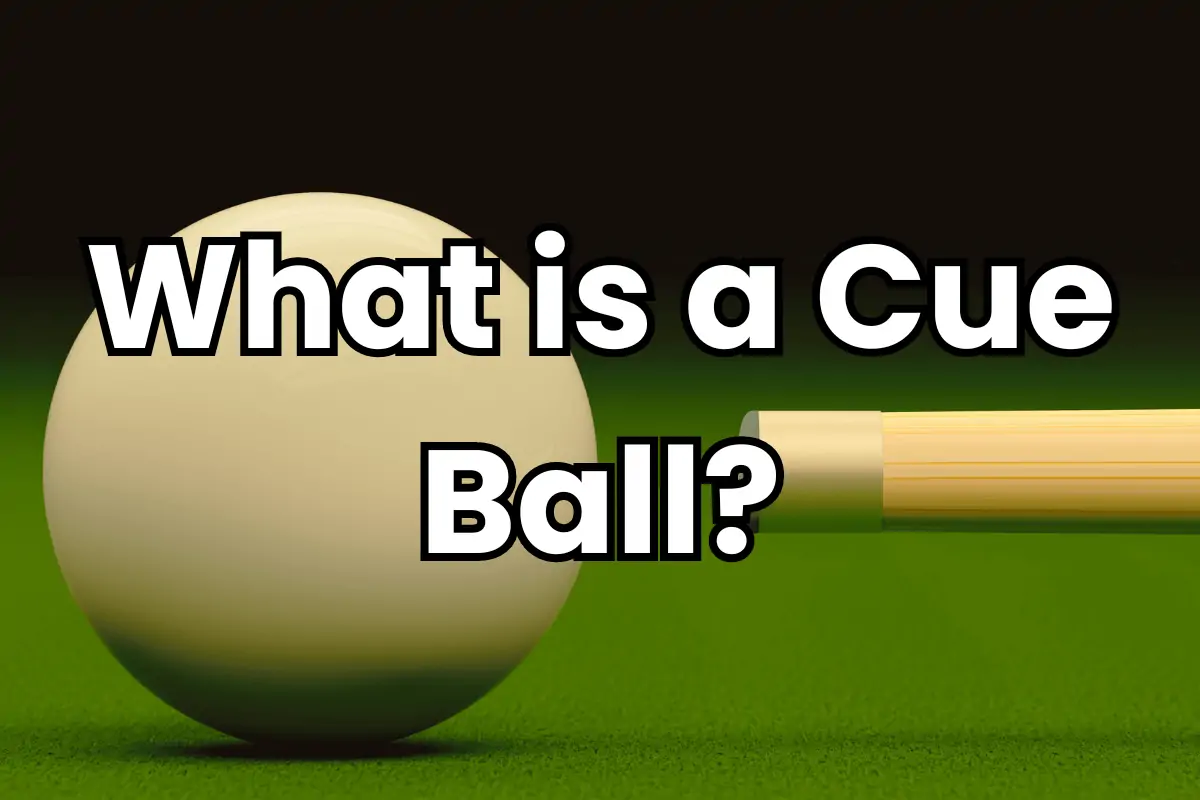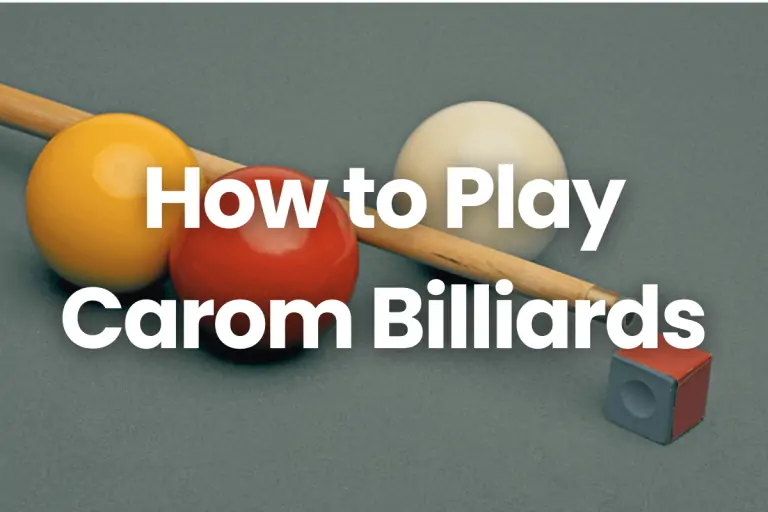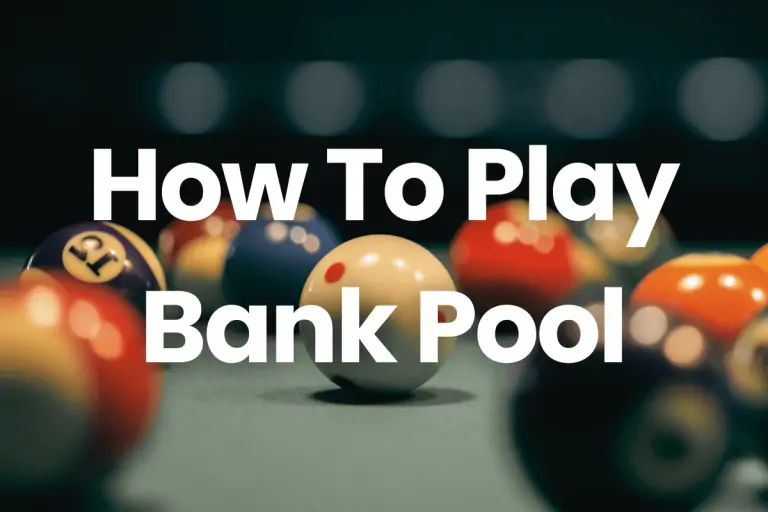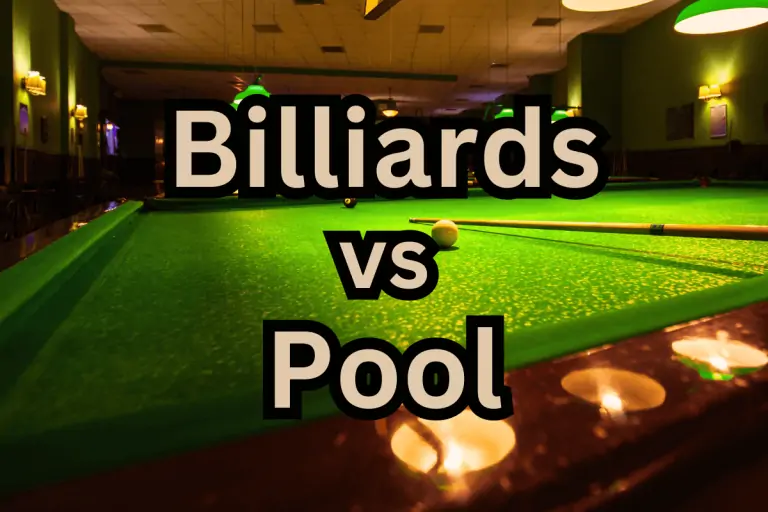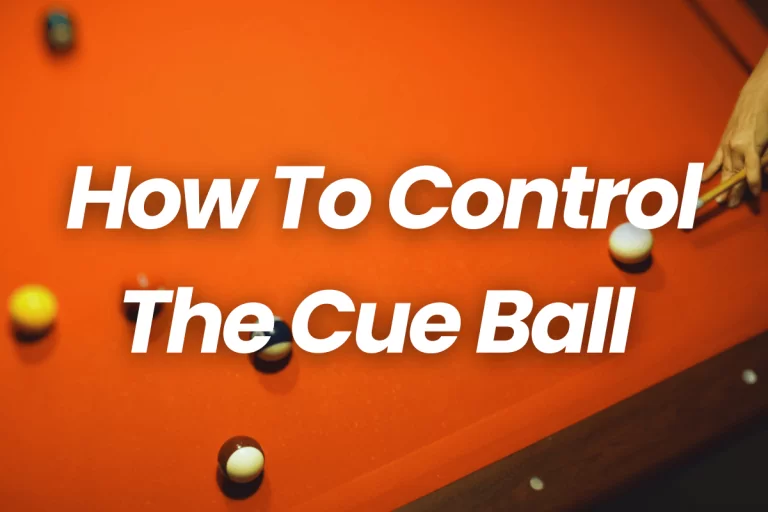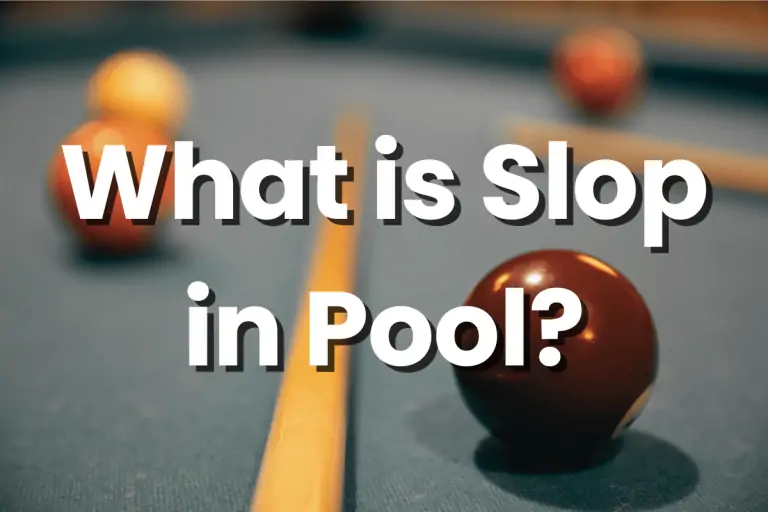What is a Cue Ball? illuminate the vital role (2024)
In the realm of cue sports, the question “What is a Cue Ball?” unveils the key to mastering pool, snooker, and billiards. This central, unnumbered sphere orchestrates the game’s flow, making its understanding essential for any player. Recognizing the cue ball’s influence on every strike and strategy is the first step in sharpening your skills. This guide aims to illuminate the vital role of the cue ball, providing insights that can transform novices into knowledgeable, strategic players.
What is a Cue Ball?
The term “cue ball” has its origins in the world of billiards and cue sports. The word “cue” in this context refers to the long, tapered stick used to strike the ball. The cue is an essential tool in games like pool, snooker, and other cue sports.
The “cue ball” specifically refers to the white ball used in these games, and its name comes from its connection to the cue stick. Players use the cue stick to aim and strike the cue ball, which then interacts with other balls on the table. The white color of the cue ball makes it easily distinguishable from the colored object balls.
The use of the term “cue ball” can be traced back to the language of billiards and cue sports, where the word “cue” itself has a long history. The cue stick, originally called a “queue” from the French word for “tail,” evolved to become the cue we know today. As the terminology developed, the “cue ball” became a fundamental element in the vocabulary of these games.
The cue ball is specially designated for cue sports, including games like billiards, pool, and snooker. It is typically a solid white ball and stands out from the other colored or numbered balls on the table. The primary purpose of the cue ball is to be struck by the player’s cue stick, initiating the game by setting other balls in motion.
Characteristics of the Cue Ball
Color: The traditional white color of the cue ball offers a striking contrast to the other balls on the table, ensuring it is easily identifiable and meticulously controllable during gameplay.
Size: With a standard diameter of approximately 2.25 inches (57.15 mm), the cue ball is designed to balance maneuverability and tradition, providing a consistent playing experience across various cue sports.
Weight: Weighing around 5.5 to 6 ounces (156 to 170 grams), the cue ball’s mass is optimized for a proper transfer of energy during shots, ensuring predictable reactions and interactions with other balls on the table.
Role in Gameplay: As the initiator of most actions in cue sports, the cue ball’s trajectory and speed are pivotal. Players wield their cue sticks to strike the cue ball, aiming to pot object balls, execute defensive plays, or set up strategic positions for subsequent shots.
Starting Position: Depending on the specific game and scenario, the cue ball is placed in predetermined positions on the table, marking the start of a game, a turn, or a continuation after fouls.
Cue ball Variations in Size and Weight
While the standard size and weight of the cue ball are widely recognized, certain cue sports or regional preferences might introduce slight variations:
Carom Billiards: Balls in games like straight rail or three-cushion billiards may be marginally larger or heavier, offering a distinct feel and playing dynamics.
English Pool: In variants like blackball or eight-ball pool, cue balls might be slightly smaller in diameter, around 2 inches (50.8 mm), and vary in weight, providing a unique gameplay experience.
Custom and Novelty Balls: Custom-designed or novelty cue balls may deviate from traditional specifications, catering to artistic expressions or entertainment-focused play.
Regional Preferences: Different regions may have subtle preferences in cue ball size and weight, reflecting local traditions or historical practices within the cue sports community.
Conclusion
In exploring “What is a Cue Ball,” we’ve unraveled its pivotal role as the cornerstone of cue sports. This quintessential orb dictates the flow, strategy, and outcome of every game, from pool to snooker. Mastering its nuances – from weight and size to its role in gameplay – can transform your performance. As you continue your journey in cue sports, remember that every practice and learning moment with the cue ball is a step towards finesse, precision, and a deeper appreciation of this classic and compelling sport.
FAQs
Why is the cue ball different from other balls in the pool or billiards?
The cue ball is distinct in pool and billiards as it’s the only ball players are allowed to strike directly with the cue stick. It’s often slightly larger or marked with a dot or logo to differentiate it from object balls, enabling both players and mechanisms in coin-operated tables to distinguish it for gameplay and ball-return functions.
How does the weight of the cue ball affect gameplay?
The weight of the cue ball influences its momentum and interaction with other balls. A well-balanced cue ball ensures consistent energy transfer and predictable movements, crucial for precision and strategic gameplay.
Can I use any white ball as a cue ball in pool or snooker?
While any white ball might seem suitable, official cue balls are specifically designed for balance, weight, and size to ensure consistent play. Using a non-standard cue ball can lead to unpredictable gameplay and is generally not recommended.
How do I clean and maintain my cue ball?
Clean your cue ball regularly with a soft, damp cloth to remove chalk marks, oils, and dirt. Avoid abrasive materials or harsh cleaners that can damage the ball’s surface. Proper maintenance ensures consistent play and prolongs the ball’s lifespan.
Is the cue ball the same size in all cue sports?
While the cue ball is generally the same size in most cue sports, some variations exist. For example, in carom billiards, the cue ball may be slightly larger, and in British pool, it might be smaller. It’s essential to use the correct size for the specific game being played.
How can I improve my cue ball control?
Improving cue ball control involves practice and understanding of physics. Focus on developing a stable stance, a consistent stroke, and an awareness of how spin (English) affects the cue ball’s path. Drills and professional coaching can significantly enhance your cue ball control skills.
Are there different types of cue balls for professional and casual play?
Professional-level cue balls are often made with higher-quality materials and precise specifications for size and weight. Casual play may not require the same level of precision, but using a good-quality cue ball can improve the playing experience.

